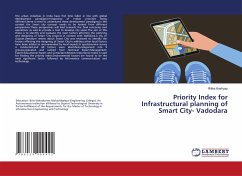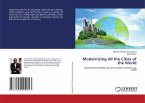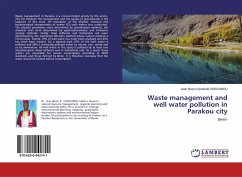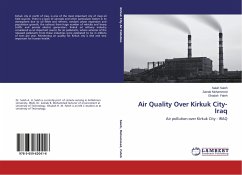Disasters are common phenomena over the existence of human. It greatly influenced the rise and fall of civilization (Reilly, 2009a). However, since the number of has risen sharply globally making the risk of disasters a worldwide concern (Reilly, 2009a). United Nations International Strategy for Disaster Reduction/ UNISDR (2009) defines disaster as "a serious disruption of the functioning of a community or a society involving widespread human, material, economic or environmental losses and impacts, which exceeds the ability of the affected community or society to cope using its own resources". Disasters can take many different forms, and with any different the durations. Based on their natural origins, disasters can be generally classified into two groups; natural and man-made disaster. United Nations International Strategy for Disaster Reduction/ UNISDR (2009) describes "natural disaster" as the natural process or phenomenon that may cause loss of life, injury or other health impacts, property damage, loss of livelihoods and services, social and economic disruption, or environmental damage. The level of impacted to community can vary based on community's resilience.
Bitte wählen Sie Ihr Anliegen aus.
Rechnungen
Retourenschein anfordern
Bestellstatus
Storno








